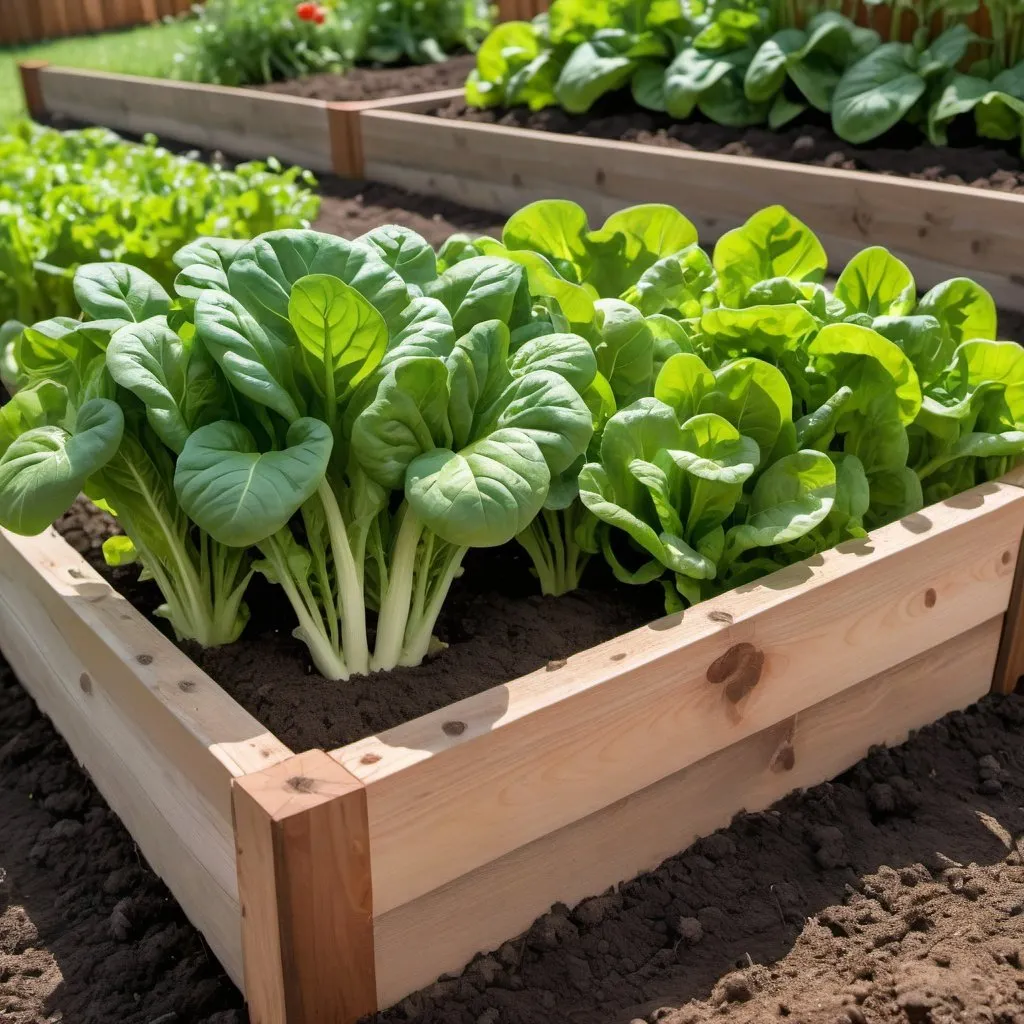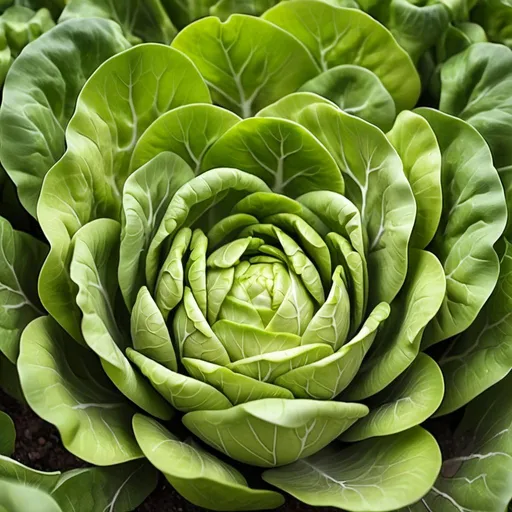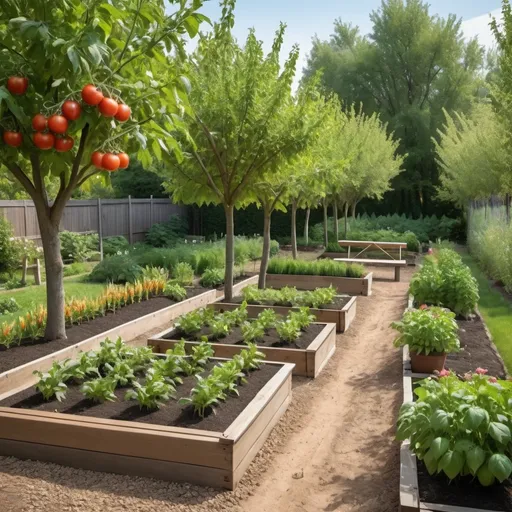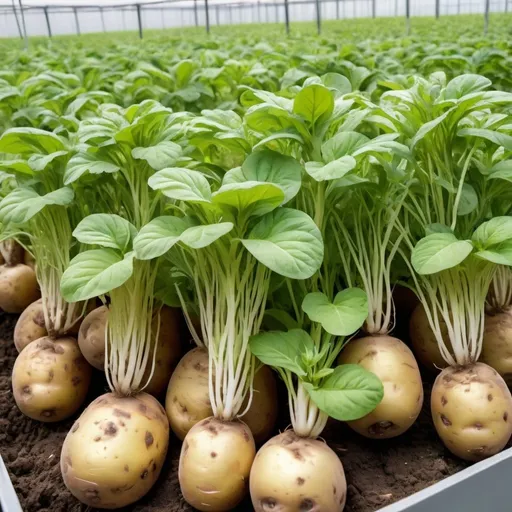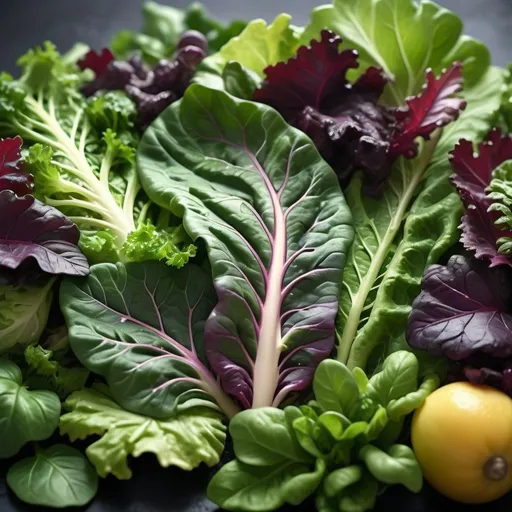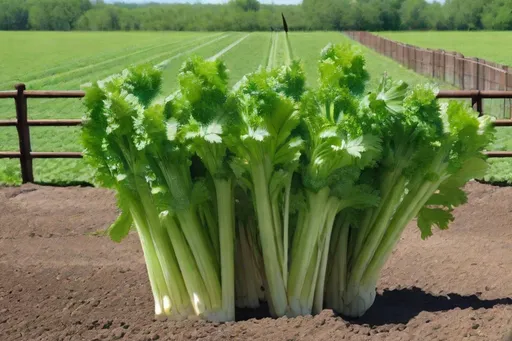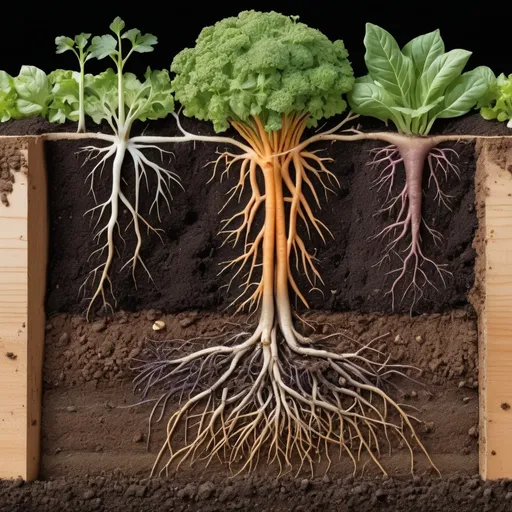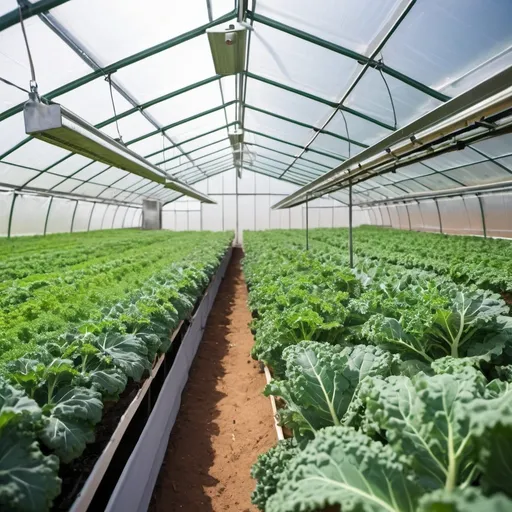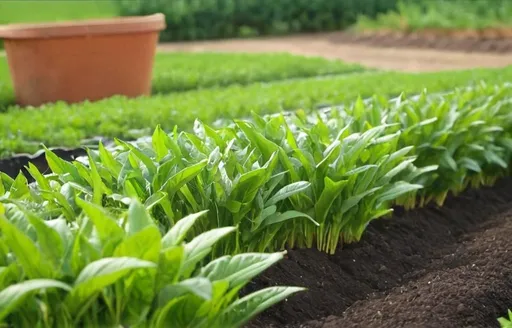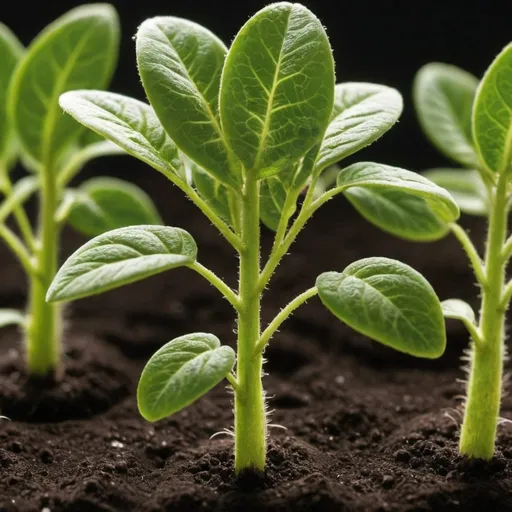Lauren Lewis
Model: OpenArt SDXLSampler: DPM++ 2M SDE Karras
Prompt:
a close-up of a raised wooden garden bed with leafy greens growing out of the healthy-looking soil, full screen on the the garden bed, spinach, lettuce, red tomatoes
Width: 1024
Height: 1024
Scale: 7
Steps: 25
Seed: 723477847
Create your first image using OpenArt.
With over 100+ models and styles to choose from, you can create stunning images.
